During the 2021 fiscal year, just 297 households using Special One-Time Assistance (SOTA) grants found apartments in another state. It was the first time that the majority of SOTA recipients remained in the five boroughs.
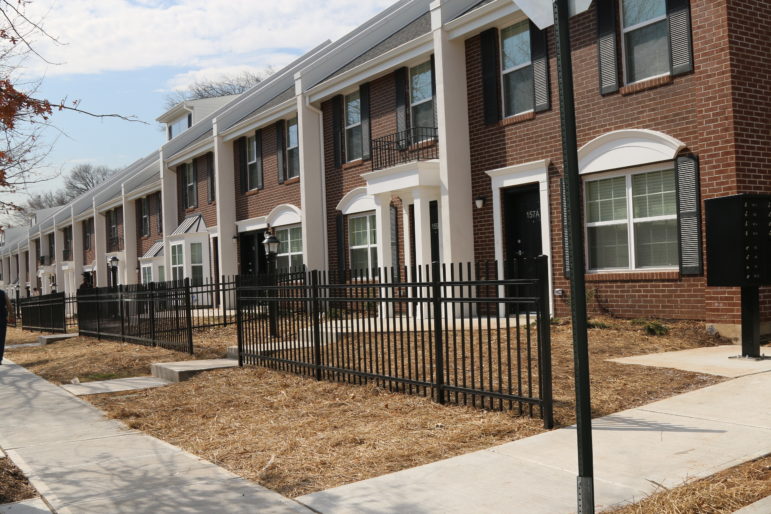
Newark Press Information Office
Housing in Newark, NJ. About 1,200 SOTA-recipient households from NYC had taken up residence there before a lawsuit blocked such moves.Rhanesha Clinton knew the horror stories associated with the one-year rent subsidy she received from New York City.
Others who used Special One-Time Assistance (SOTA) grants to move out of city homeless shelters found themselves in frigid homes with leaking toilets and negligent landlords—often in unfamiliar cities. SOTA recipients said they were pressured to take substandard housing, and one in every 14 households ended up back in shelters after three years, records show.
But in October 2019, Clinton decided to use the grant to land an apartment in Newark anyway—though she said she was guarding her savings in case she had to find a new place.
Nearly two years later, Clinton is living in the same apartment and “rocking out” with her own soap and skincare business, she said. She negotiated rent with her landlord after the one-year grant ended and has been able to make all her payments.
“My landlord asked if I was staying or leaving, told me how much rent was going to be and asked if I could afford it,” she said. “September made a full year.”
Clinton and her two children were among the 1,981 SOTA recipients who secured permanent housing in the 2020 fiscal year, including 913 who moved to apartments outside New York state.
That number dropped significantly last year, amid COVID travel restrictions, static from hostile municipalities and changes that advocates say have improved a program best known for moving families into poor conditions outside the five boroughs.
Just under 950 households secured apartments with SOTA grants last fiscal year, a nearly 66 percent decrease from the 2019 fiscal year, when 2,741 households used SOTA.The program was first introduced in 2017 and covers a year of rent anywhere in the country, with the majority of recipients moving to lower-cost apartments outside New York City.
To qualify for SOTA, families and individuals must reside in Department of Homeless Services (DHS) shelters for three months while earning a steady income from work or federal programs. The program was supposed to fill a gap for shelter residents who made too much to qualify for a more common municipal rent subsidy, CityFHEPS, but who earned too little to secure a safe, affordable apartment.
But many tenants who received SOTA faced various problems, including the challenge of keeping up with monthly rent payments when the grant expired and landlords who refused to maintain their decaying properties after receiving their lump sum payment. Those issues led to nearly 7 percent of recipients returning to New York City shelters during the first three years of the program—a rate that far outpaces any other city rental subsidy over a three-year span.
DHS did not provide information about how many SOTA recipients returned to city shelters last year and instead pointed to the 2021 Mayor’s Management Report, which highlights an overall decrease in the number of households who went back to shelters after using a subsidy of any kind to land a home.
Since the start of SOTA, 7,539 households have moved from shelters to apartments, with 59 percent of them finding places outside New York City. In addition to Clinton, about 1,200 households have taken up residence in nearby Newark, NJ, according to court documents filed in a lawsuit to block the subsidy.
Two years into the program, SOTA recipients faced yet another obstacle: Newark passed an ordinance in 2019 barring landlords from accepting a year of rent upfront—a rule designed to prohibit SOTA—and filed a federal lawsuit seeking to stop homeless New Yorkers from moving to town. They were soon joined by Jersey City. The lawsuit has at least temporarily restricted SOTA recipients from finding homes in the two cities, where rents are cheaper than New York and where public transportation makes it pretty easy to get to work in the Big Apple.
DHS responded by agreeing to stop SOTA placements in Newark apartments in December 2019, though they maintain that the ongoing litigation lacks merit. The Legal Aid Society intervened and sued Newark a few months later, accusing New Jersey’s largest city of discriminating against low-income renters.
The organization also sued New York City to compel changes that would strengthen SOTA.
Last month, DHS formally enacted those changes to ensure apartments are safer, landlords are more responsive and tenants are more likely to remain housed after their grants end. The new rules specifically cap SOTA rents at 40 percent of a household’s income, an adjustment intended to allow families to cover their rent after the one-time grant ends. In some cases, households at risk of eviction can receive a second, six-month grant.
“New York City has made significant improvements to the SOTA program so that it could now be useful to many people who want to move out of shelter and resume their lives in the community,” said attorney Josh Goldfein of Legal Aid’s Homeless Rights Project. “It is very frustrating that Newark has refused to consider revising its blatantly unconstitutional ordinance that blocks homeless New Yorkers from using the program to move there.”
Newark’s Law Department did not respond to questions about the SOTA changes and how they might impact the lawsuit and ordinance. DHS did not answer a question about whether SOTA recipients have moved to Newark or Jersey City since their December 2019 agreement.
Like Goldfein, various homeless rights advocates have praised the rule changes and say they could address many of the problems that harmed SOTA tenants during the first few years of the program.
“We do think these improvements will help for long-term stability,” said Coalition for the Homeless Senior Policy Analyst Jacquelyn Simone. “We’re more concerned with the quality of the housing placements than the quantity with this program.”
Simone said city officials initially used SOTA to move people out of shelters as quickly as possible, even if that meant risking a return by sending them to substandard apartments in unfamiliar settings with few social supports. The new rules mandate that apartments in counties surrounding New York City pass safety assessments, put rent money in escrow rather than giving it all to landlords upfront, and better gauge a tenants’ ability to pay the rent on their own.
“The program has promise, especially for people who do want to try moving outside of New York City to a more affordable area,” she said. “Giving people more options is really important, especially for people who are not eligible for CityFHEPS.”
In June testimony supporting the proposed rule changes, attorney Andrew Jones from the nonprofit Mobilization for Justice (MFJ) also said SOTA fills a need for New Yorkers who earn an income but cannot manage to find an apartment amid the city’s affordable housing crisis.
The program is “uniquely beneficial for New Yorkers coming out of the shelter system with a source of income, who just need a boost to get their footing,” Jones said. “For these tenants, SOTA can be instrumental in bettering their lives.”
Jones, however, warned that many SOTA recipients have come to MFJ while facing eviction or money judgments because they could not cover their full rent after their grant ended. He urged the city to “at minimum” connect all recipients with case managers who can determine whether they are eligible for other rental subsidies. Some nonprofit organizations do provide so-called “aftercare” services for families and individuals moving from shelters to permanent housing, including those with SOTA, but the programs are relatively rare.
In all, 297 SOTA households found apartments in another state during the 2021 fiscal year, compared to 88 who moved to other towns in New York and 562 in New York City. It was the first time that the majority of SOTA recipients remained in the five boroughs.
New York City officials said the numbers highlight the impact of the pandemic on apartment searches, as well as stronger apartment safety and tenant eligibility assessments.
“Amid a year in which mobility and travel were almost completely curtailed for all New Yorkers regardless of housing status, and given the ongoing public health emergency and its resulting macro-economic impacts, it was more important than ever that we do our due diligence in each case—and understandable that fewer people moved out of NYC while more people moved within NYC using this program,” said a spokesperson for the Department of Social Services, which oversees DHS.
Renters who remain in the five boroughs also have access to tenant protections that exceed other municipalities, including “One-Shot Deal” emergency grants and a right to an attorney in housing court.
Those moves come at a greater cost to the city, but pale in comparison to the price of shelter stays.
DHS said it spends an average of $20,497 a year for families and individuals who use their SOTA grant on an apartment in New York City, compared to $15,917 outside New York state.
That $4,580 difference is roughly equal to the cost of putting up a family in a DHS shelter for just a month and half.



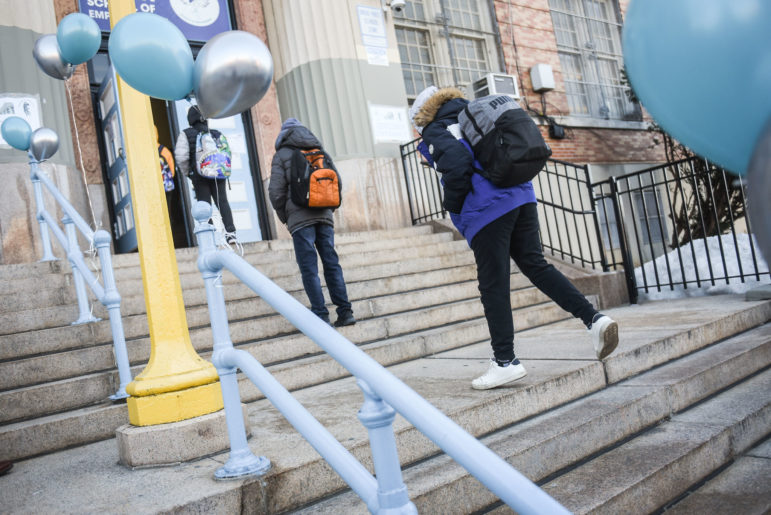
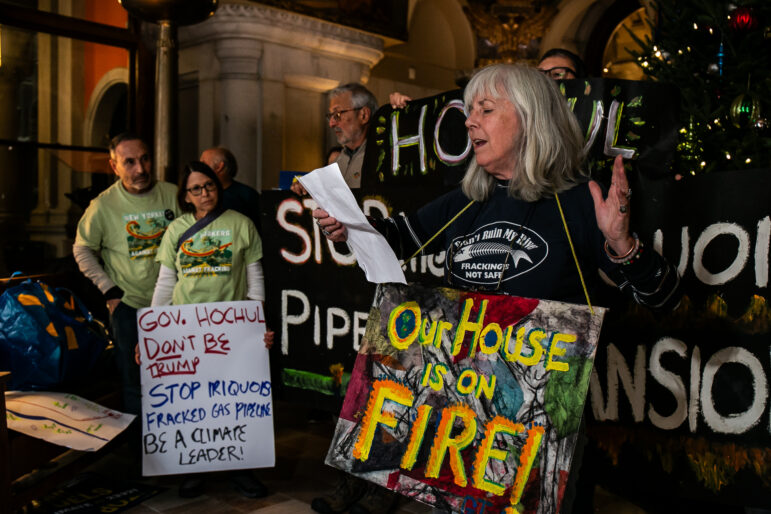
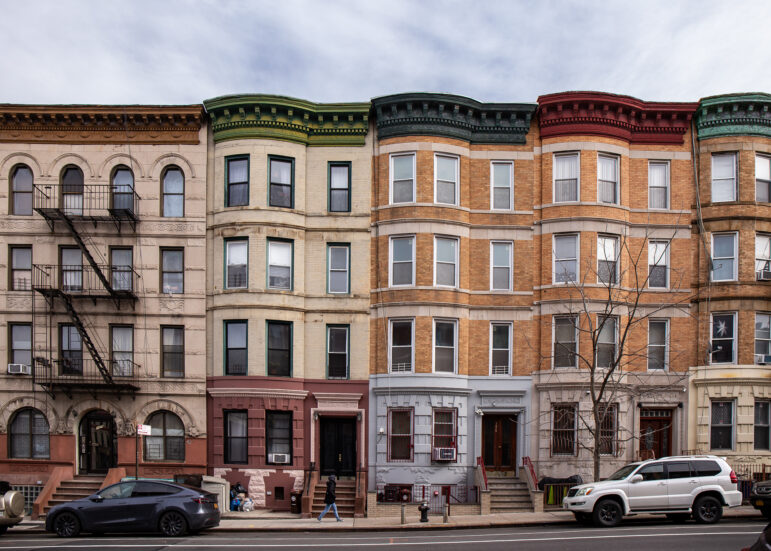
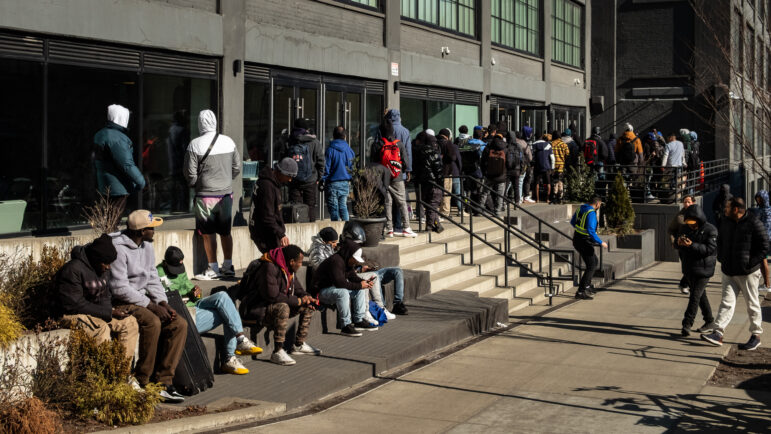
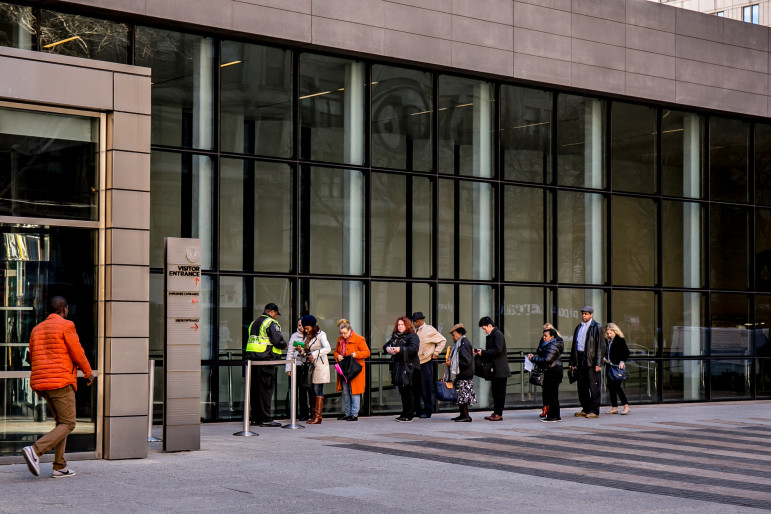


2 thoughts on “Far Fewer Homeless Families Using Rent Subsidies to Move Out of NYC”
Thank you I need the help…
I really truly need to leave New York help me please